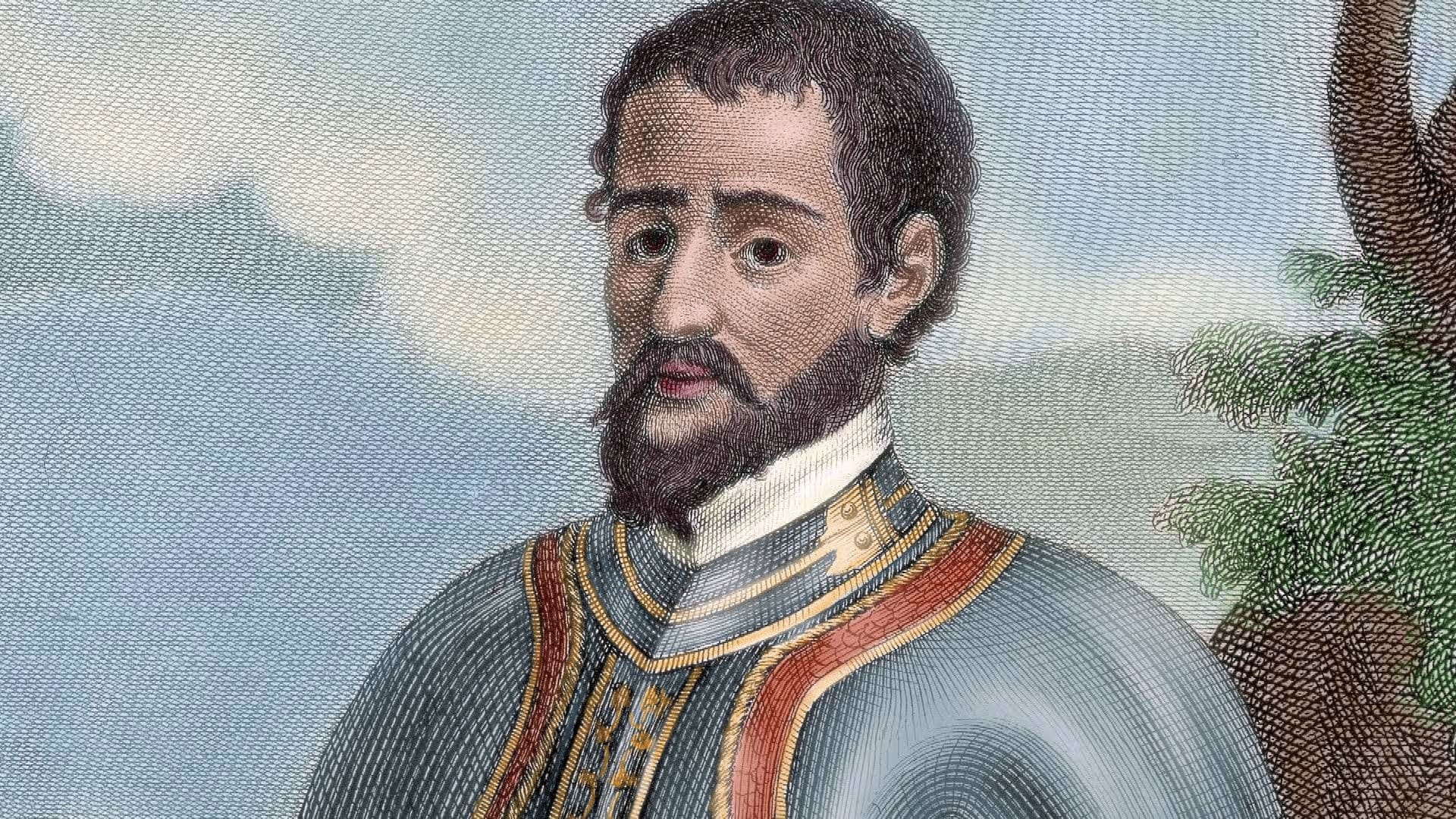Coronado’s Impact: A Quest for Gold Unveils a Different Treasure
Step into the year 1540. Imagine a world of whispers and legends, where tales of shimmering cities crafted from gold captivated the hearts of explorers. Francisco Vázquez de Coronado, a Spanish explorer fueled by ambition and the allure of unimaginable riches, embarked on a daring expedition into the heart of the unknown Southwest. Driven by the legend of the Seven Cities of Gold, Coronado led a courageous band of over a thousand men—soldiers, explorers, priests, and indigenous allies—on a journey that would forever alter the course of history, though not in the way he initially envisioned.
While Coronado’s pursuit of gold ultimately proved futile, his 1540 expedition yielded discoveries far grander than he could have imagined. It was a journey that unveiled breathtaking landscapes, pushed the boundaries of European knowledge, and initiated complex encounters between vastly different cultures.
The Expedition’s Unforeseen Impact: From Golden Dreams to Geographic Wonders
Coronado’s expedition, often described as the first European exploration of the interior Southwest, unveiled natural wonders that had remained hidden from Western eyes for centuries. His men were likely the first Europeans to lay eyes upon the awe-inspiring chasm of the Grand Canyon, a testament to the raw power of nature. Their crossing of the mighty Colorado River, a lifeline cutting through the arid expanse, added a crucial piece to the intricate puzzle of North America.
Imagine the awe that must have gripped Coronado’s men as they gazed upon these natural wonders. The Grand Canyon, a vast scar carved by the Colorado River over millennia, would have challenged their very understanding of the world.
Encounters with the Unknown: Cultural Exchange and the Price of Exploration
As Coronado ventured deeper into the Southwest, his expedition encountered the Native American tribes who called this land home. These encounters were a mix of diplomacy, trade, and, unfortunately, conflict. While some meetings fostered a sense of camaraderie and collaboration, others were marred by misunderstanding, prejudice, and violence. The introduction of European diseases, even if unintentional, had a devastating impact on indigenous populations.
The impact of Coronado’s journey on the Native American people, particularly the Zuni and other Pueblo peoples, is a complex and sensitive subject. Some historians suggest that the expedition’s demands for food and resources, coupled with the introduction of European diseases, placed significant strain on the indigenous populations. Others highlight the resilience of these cultures, emphasizing their adaptations and the preservation of their traditions.
A Legacy of Exploration, Conquest, and Cultural Interaction
Today, Francisco Vázquez de Coronado stands as a pivotal figure in the annals of exploration. His story is a reminder of the indomitable human spirit of discovery, the transformative power of geographical knowledge, and the complex interplay between ambition, cultural encounters, and the enduring allure of the unexplored.
Key Points of Coronado’s Expedition:
- 1540 Expedition: Led by Spanish explorer Francisco Vázquez de Coronado, with over a thousand men.
- Goal: Search for the legendary Seven Cities of Gold in the Southwest.
- Impact:
- Unveiled breathtaking landscapes like the Grand Canyon and the Colorado River.
- Pushed the boundaries of European knowledge and exploration.
- Encounters with Native Americans:
- Led to both collaboration and conflict.
- The expedition’s impact on indigenous populations was significant and complex.
- Legacy:
- Shaped the destiny of the Southwest through exploration, conquest, and cultural interaction.
- Demonstrated the allure of myths and the human desire for discovery.
- Francisco Vázquez de Coronado:
- A pivotal figure in the annals of exploration.
- His story highlights the human spirit of discovery and the transformative power of geographical knowledge.
Exploring Further: Related Historical Threads
Did you know that during this same era, England was in the midst of its own Age of Exploration and colonization efforts in the Americas and throughout the world? Learn more about the 16th century in England.
And for a fascinating tale of exploration and mystery much closer to home, delve into the 1795 excursion to the island of Nova Scotia, where adventurers were captivated by the strange lights and unusual phenomena associated with the curse of Oak Island.
From the quest for gold to the allure of the unknown, the 16th century was a time of remarkable discovery. To dive deeper into the world of elements and scientific breakthroughs, explore the captivating story of element 115.
- Crypto Quotes’ Red Flags: Avoid Costly Mistakes - June 30, 2025
- Unlock Inspirational Crypto Quotes: Future Predictions - June 30, 2025
- Famous Bitcoin Quotes: A Deep Dive into Crypto’s History - June 30, 2025

















1 thought on “Beyond the Seven Cities: Unraveling the Legacy of a Spanish Explorer in 1540”
Comments are closed.